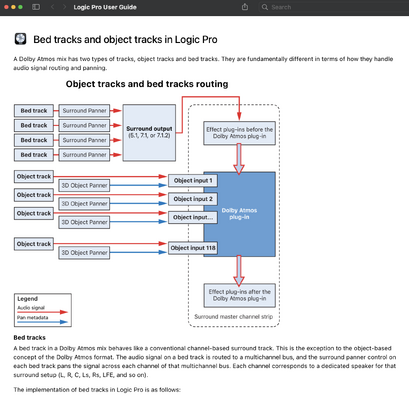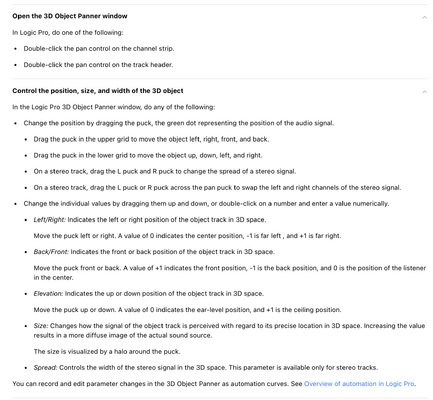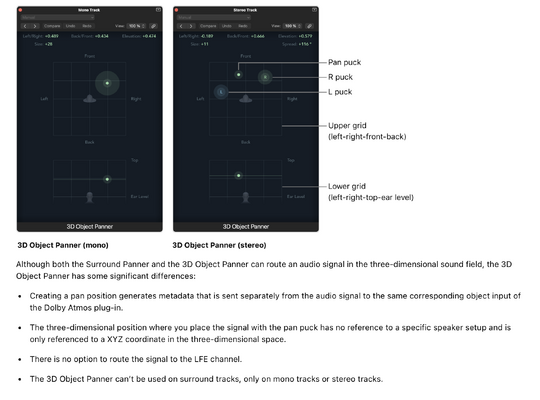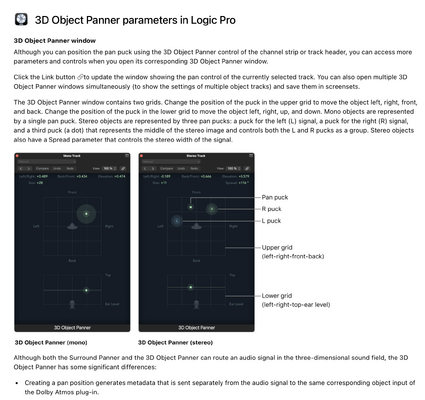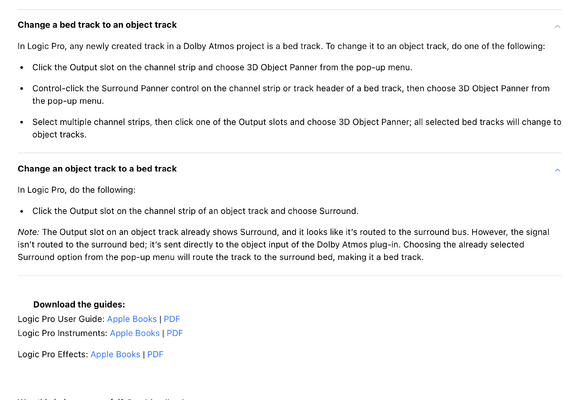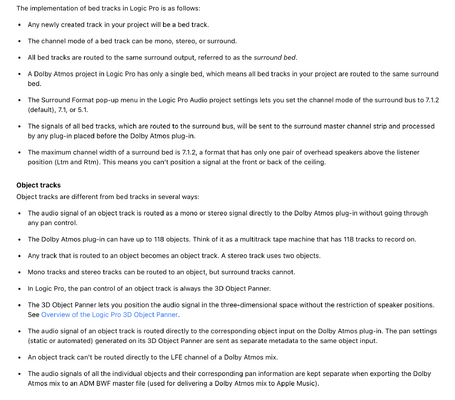Those are essentially the same as the rear surrounds in a 7.1 DTS HD or Dolby HD soundtrack.Understood. So what about my two rear speakers Dolby EX, each on separate channels? (this is my last question, I promise!!)
So, like I said, you basically have a 7.1 system, you just duplicated the two side surround channels into two duplicate pairs of speakers. If the room is deep and you have multiple rows of seating, it makes sense to do that.
Last edited:

